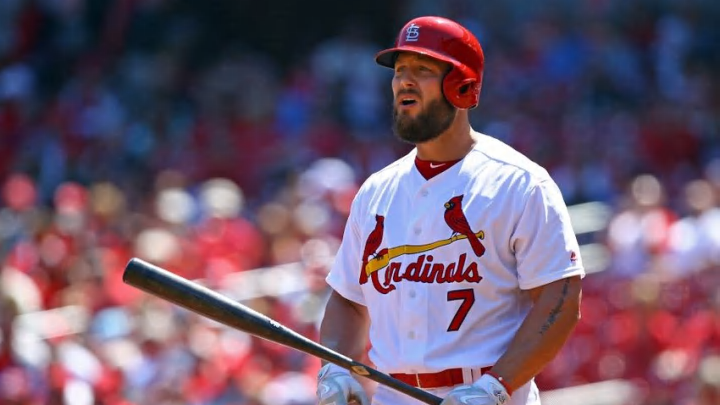
Jordan Pacheco may not be the obvious choice for the Cincinnati Reds designated hitter in 2017, but I’d argue that other than Joey Votto, who is? The young Reds, if they don’t trade him to a contender, need Brandon Phillips on the field defensively, and Votto’s salary (a mistake from the word “go”) makes him cost-prohibitive to not play a position.
Pacheco is eligible for arbitration after this season, but if the Reds will have the career .277 hitter, it seems likely he’d be glad to play, even as a designated hitter. Cincinnati cannot count on his power; Pacheco has only 10 home runs in six big league seasons. But he hits for average enough that he can help keep the line moving, and he won’t cost a lot of money. But if there’s one National League Central team that would have to look elsewhere for a DH, it’s the Reds.
Besides, when you’re in rebuilding mode like the Reds are right now, finding a designated hitter is the least of your worries. The starting pitching rotation is almost as young as the guys at the frat party, the bullpen could be charged with arson, and while there’s every reason the situation will improve in years to come, the Reds’ everyday players are going to take their lumps.
So for the Reds, the designated hitter is a valuable evaluation tool.
Next: Milwaukee Brewers
